
About Exercise Tarang Shakti:
- It is a first multinational air exercise to be hosted by the Indian Air force.
- Objective: The plan is to invite friendly foreign countries with whom the IAF interacts regularly and has a certain degree of interoperability.
- The exercise is now scheduled to be held in two phases.
- The first will be held in southern India in the first two weeks of August and the second will be in the western sector from the end of August to mid-September.
- Participating countries: Australia, France, Germany, Japan, Spain, the United Arab Emirates, the United Kingdom, and the United States. Germany will deploy fighter jets and also an A-400M transport aircraft.
- The exercise aims to foster professional interactions, enrich the employment philosophy of the participating forces, and facilitate the exchange of valuable insights.
- It represents a unique opportunity for these nations to collaborate and enhance their tactical and operational capabilities.
2. eMigrate Portal
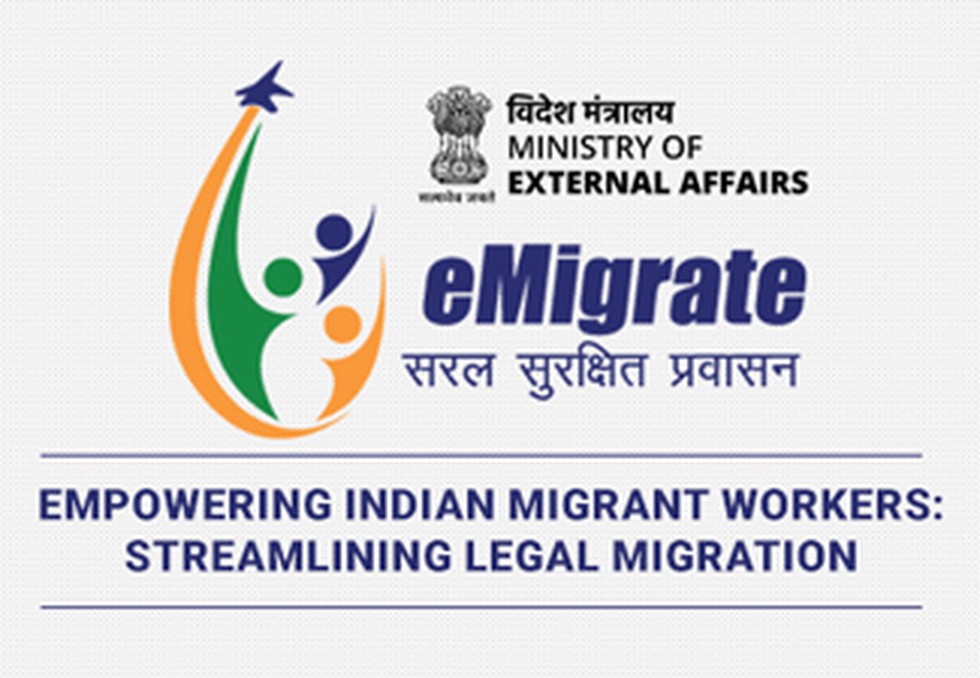
About eMigrate Portal:
- It was launched in 2014 and it has been instrumental in making the emigration process online and transparent for Indian workers heading to countries where emigration checks are required.
- The portal connects foreign employers, registered recruiting agents, and insurance companies issuing the Pravasi Bhartiya Bima Yojna, facilitating seamless, safe, and legal migration.
- The portal also has a mechanism for voluntary registration of emigrants holding ECNR (Emigration Check Not Required) category passports proceeding for overseas employment.
- It is integrated with the external affairs ministry’s Passport Seva Project to validate the passport details of ECR category workers. This integration helps detect fake passport cases and check for data entry errors at the registration stage.
- The Overseas Employment (OE) and Protector General of Emigrants (PGE) division of the external affairs ministry is responsible for overseeing the emigration of Indian workers having Emigration Clearance Required (ECR) category passports.
- These are semi-skilled and unskilled workers who are considered most vulnerable to exploitation by unscrupulous recruitment agents or foreign employers.
- ECR passport holders require Emigration Clearance (EC) when taking up jobs in the 18 designated ECR countries – Afghanistan, Bahrain, Indonesia, Iraq, Jordan, Kuwait, Lebanon, Libya, Malaysia, Oman, Qatar, Saudi Arabia, South Sudan, Sudan, Syria, Thailand, United Arab Emirates and Yemen.
3. Global Environment Facility

About Global Environment Facility:
- It was established on the eve of the 1992 Rio Earth Summit of UNFCC to help tackle our planet’s most pressing environmental problems.
- It is a family of funds dedicated to confronting biodiversity loss, climate change, pollution and strains on land and ocean health.
- It provides financial assistance for five major international environmental conventions:
- Minamata Conventionon Mercury.
- Stockholm Conventionon Persistent Organic Pollutants (POPs).
- United Nations Convention on Biological Diversity (UNCBD)
- United Nations Convention to Combat Desertification(UNCCD).
- United Nations Framework Convention on Climate Change (UNFCCC).
- It has 184 member countries, including India.
- The governing council is the main governing body of GEF which comprises 32 members appointed by constituencies of GEF member countries (14 from developed countries, 16 from developing countries, and two from economies in transition).
- Secretariat: Its secretariat is based in Washington, D.C.
- The GEF Trust Fundwas established to help tackle our planet’s most pressing environmental problems.
- Funds are available to developing countries and countries with economies in transition to meet the objectives of the international environmental conventions and agreements.
4. Filoboletus manipularis
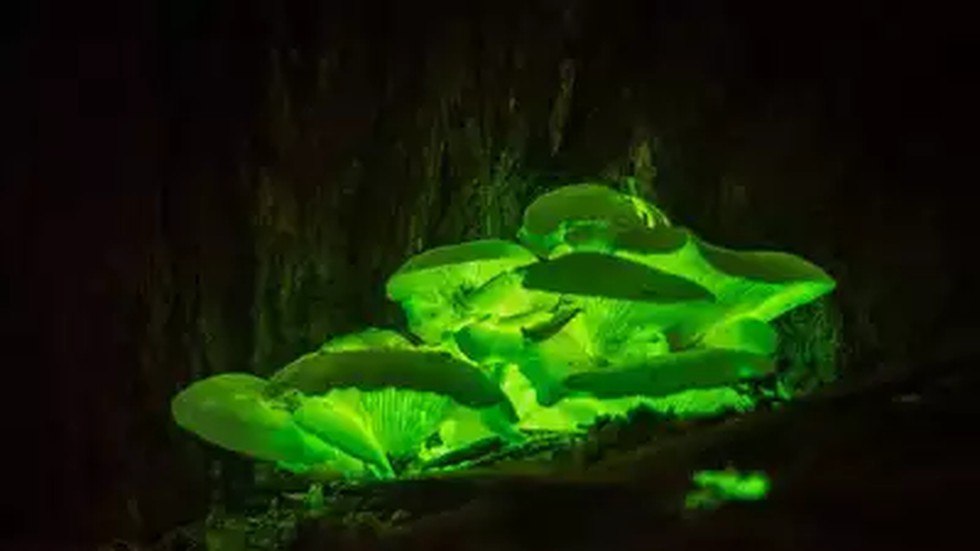
About Filoboletus manipularis:
- It is a fascinating species of bioluminescent mushroom.
- These mushrooms glow a bright green at night due to a chemical reaction in their cells.
- Habitat: They thrive in tropical, humid environments, typically found in dense forests where there’s plenty of decaying organic matter, like fallen trees and leaves.
- This rich, moist environment provides the nutrients and conditions necessary for their growth and their unique glowing property.
- Biochemical process: The chemical reaction involving luciferin (a pigment) and luciferase (an enzyme) with oxygen plays a critical role in these mushrooms. This reaction produces light, a trait shared with other bioluminescent organisms like fireflies and certain marine creatures.
- Advantage: In fungi, this glowing mechanism is thought to attract insects, “which help disperse the mushroom’s spores”.
What are mushrooms?
- Mushrooms constitute secondary saprophytic fungiof the forest ecosystem.
- Secondary saprophytic fungi play a very important role in the decomposition of plant litter.
- The Western Ghats region in Kerala is rich in fungi, many of which could also be described as endemic to the region.
5. GREAT Scheme
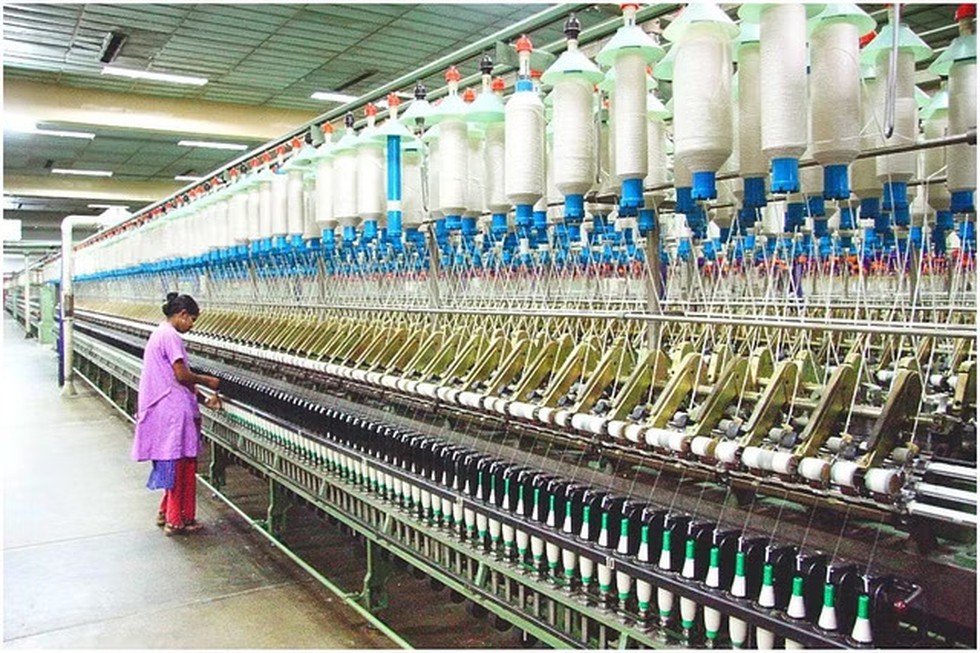
About GREAT Scheme:
- Grant for Research and Entrepreneurship across Aspiring Innovators in Technical Textiles (GREAT) encourages young innovators, scientists/technologists, and startup ventures in the field of Technical Textiles to translate their ideas into commercial technologies/products and make India self-reliant.
- It supports individual entrepreneurs or start-ups for functional prototypes or commercialization of their technologies for Technical Textile
- Funding:
- A grant-in-aid of up to Rs 50 lakhfor up to a period of 18 months will be provided.
Key facts about National Technical Textiles Mission
- It was launched to increase the penetration level of technical textiles in India while leveraging the extraordinary growth rate of the sector.
- The mission aims to position India as a global leader in Technical Textiles.
- Components:
- Research, Innovation and Development
- Promotion and Market Development
- Export Promotion
- Education, Training, Skill Development
- Nodal Ministry:Ministry of Textiles
- Time period: It has been approved with an implementation period of four years, starting from FY 2020-21 till FY 2023-24.
6. What is the National Institute of Indian Medical Heritage (NIIMH)?
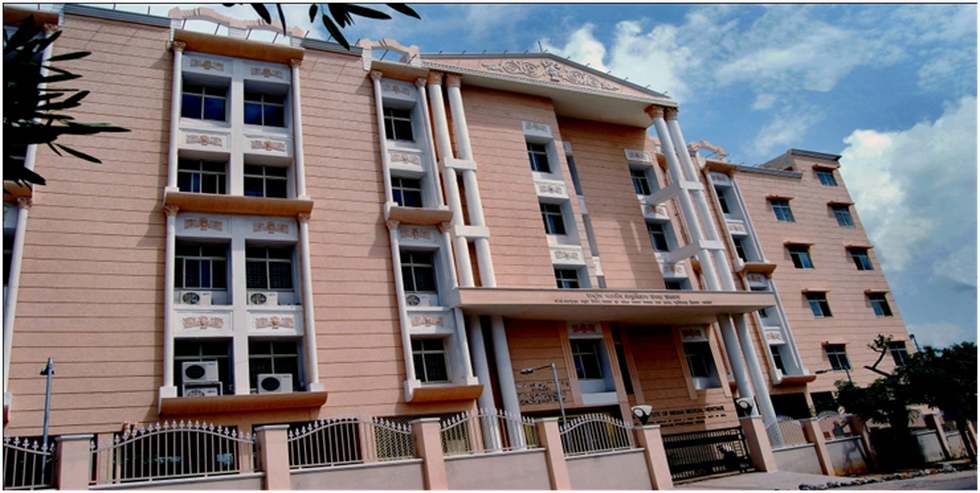
About National Institute of Indian Medical Heritage (NIIMH):
- The NIIMH, formerly known as the National Center of Indian Medical Heritage (NCIMH), provides resource materials for historians, scientists and other workers who are interested in studying and documenting the historical aspects of Ayurveda, Yoga & Naturopathy, Unani, Siddha, Homoeopathy, and Sowa Rigpa (AYUSH), along with Modern Medicine.
- It came into existence as the Upgraded Department of History of Medicine from 26-09-1956 under the Govt. of Andhra Pradesh and was handed over to Govt. of India on 14-02-1969 due to its national and international importance.
- The institute is functioning under the administrative control of the Central Council for Research in Ayurvedic Sciences (CCRAS), Ministry of AYUSH, Government of India.
- This Institute, which is only of its kind in Southeast /Asia , is located in Dilsukhnagar, Hyderabad.
- Mandate:
- Literary Research and Documentation
- Revival and retrieval of texts from Ancient manuscripts and rare books
- Search and Collection of information, descriptive notes, editing and publication of rare medical manuscripts/books on AYUSH.
- Documentation
- Ayurveda Encyclopedia
- Museum on History of Medicine
- Referral library on AYUSH Systems of Medicine and modern medicine.
- AYUSH Research Portal
- CCRAS-Research Management Information System
- National AYUSH Morbidity and Standardized Terminologies Electronic - Portal.
- Development of W.H.O International Terminologies of Ayurveda, Siddha, Unani.
- Development of SNOMED CT National Extension for Ayurveda, Siddha, Unani.
- It has global access owing to its enormous collection of research materials on History of Medicine.
- The institute has a Medico-Historical Library, Museum and Documentation section.
- The Institute's library is unique with a collection of more than 10,000 books, which include very rare publications dating back to the 15th century on History of Medicine & allied subjects in various languages and serving the medical fraternity as research referral centre.
- It has a complete collection of standard National & International Journal on History of Medicine since its inception.
- The institute also publishes the Journal of Indian Medical Heritage.
7. Hindu Kush Himalaya (HKH)
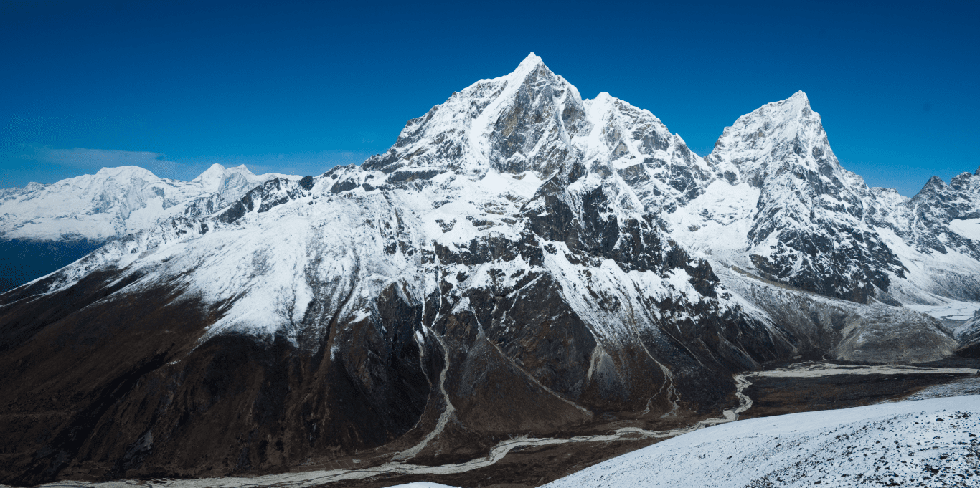
About Hindu Kush Himalaya (HKH):
- The HKH region stretches 3,500 kilometres and spans eight countries: Afghanistan, Bangladesh, Bhutan, China, India, Myanmar, Nepal and Pakistan.
- The range has numerous high snow-capped peaks, with the highest point being Tirich Mir or Terichmir at 7,708 meters (25,289 ft) in Chitral, Pakistan.
- It is considered the Third Pole(after the North and South Poles) and has significant implications for climate.
- It contains the largest volume of ice and snow outside of the Arctic and Antarctica.
- The HKH region is the source of ten large Asian river systems: the Amu Darya, Indus, Ganges, Brahmaputra, Irrawaddy, Salween, Mekong, Yangtse, Yellow River, and Tarim.
- The basins of these rivers provide water to 1.9 billion people, a fourth of the world’s population.
- HKH may be divided into three main sections: the eastern Hindu Kush, the central Hindu Kush, and the western Hindu Kush, also known as the Bābā Mountains.
- The inner valleys of the Hindu Kush see little rain and have desert vegetation.
8. What is the Principle of Res Judicata?

About Principle of Res Judicata:
- The concept of res judicata has evolved from the English Common Law System.
- Res judicata literally means ‘the thing has been judged”. It is also known as claim preclusion.
- The principle of res judicata applies when a litigant attempts to file a subsequent lawsuit on the same matter after having received a judgment in a previous case involving the same parties.
- It is a judicial concept, which means that the issue before the court has already been decided by another court, between the same parties, and the courts do not allow a petition to be filed in the same court or in another court.
- Therefore, the court will dismiss the case before it as being useless.
- Res Judicata as a concept is applicable both in Civil as well as Criminal legal system.
- Purpose:
- To prevent injustice to the parties of a case supposedly finished.
- To avoid unnecessary waste of resources and time of the judicial system.
- Res judicata under Indian law has been embodied under Section 11 of the CPC (Code of Civil Procedure), 1908. It illustrates that if a matter is finally decided by a competent court, then the parties involved in the matter are not permitted to reopen it in subsequent litigation.
- Some of the conditions for the application of Res Judicata include the same parties, the same title as the former suit, issue in the matter is same in former and subsequent suits, the suit is decided by a competent court and a final decision is provided.
- The Supreme Court in Employee Welfare Association v. Union of Indiaruled that the “principle of Res Judicata is not a technical rule, it is a rule of public policy”. So, Res Judicata is an acknowledged principle of law and is essential for delivering fair justice.
9. What is a Dead Zone?
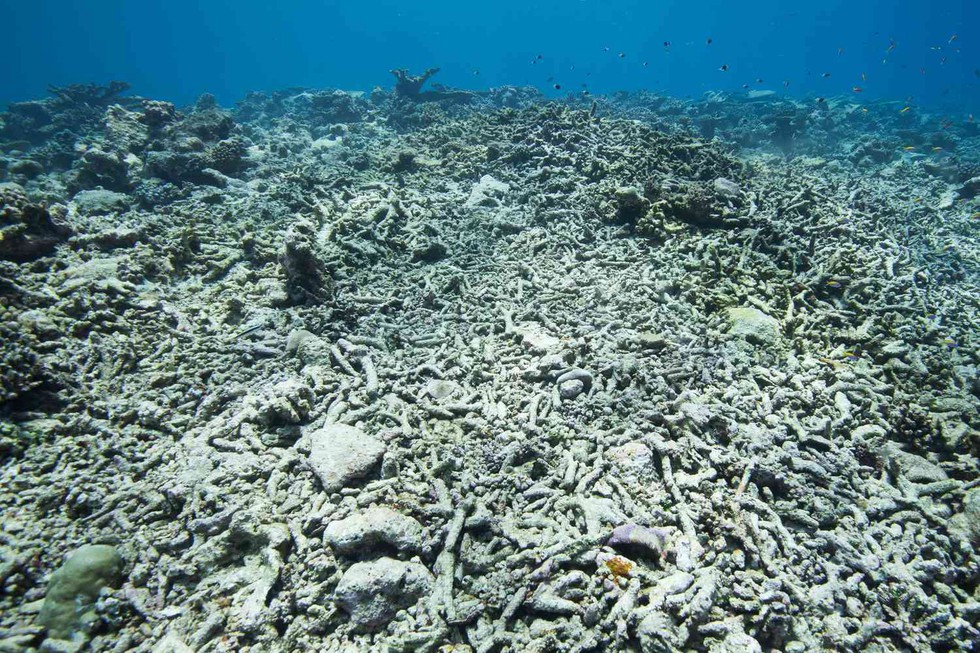
About Dead Zone:
- The term “dead zone” or “hypoxia” refers to low-oxygen areas in the world’s lakes and oceans.
- Because most organisms need oxygen to live, few organisms can survive in hypoxic conditions. That is why these areas are called dead zones.
- Hypoxic zones can occur naturally, but human activities can also lead to the creation of new dead zones or the enhancement of existing ones.
- How are Dead Zones formed?
- A dead zone occurs as a result of eutrophication, which happens when a body of water is inundated with too many nutrients, such as phosphorus and nitrogen.
- At normal levels, an organism called cyanobacteria – or blue-green algae – feeds on these nutrients.
- With too many nutrients, it can cause an overgrowth of algae in a short period of time, also called algae blooms.
- Dead zones form when the algae die, sink to the bottom, and are decomposed by bacteria—a process that strips dissolved oxygen from the surrounding water.
- Dense algal blooms also block sunlight, which prevents underwater grasses from growing. In turn, the animals that depend on these grasses for food and shelter suffer, as well.
- Human activities mainly cause these excess nutrients to be washed into the ocean, which is why dead zones are often located near inhabited coastlines.
- Once a dead zone forms, other factors can influence its size and duration.
- For example, wind can mix oxygen from the surface into deeper water and help break up dead zones.
- Hot temperatures can make dead zones worse by warming a layer of surface water that locks colder, denser water below where oxygen from the surface can’t mix in.
- Heavy rainfall increases the amount of pollution washed into waterways.
- Shallow waters are less likely to stratify than deep waters, and so are less likely to develop hypoxic conditions. This is because shallow waters tend to be well-mixed by winds and tides.
- Additionally, waters that are shallow and clear enough to allow light to reach the bottom can support primary producers such as phytoplankton, algae and seagrasses that release oxygen during photosynthesis.
10. What is a Supernova?
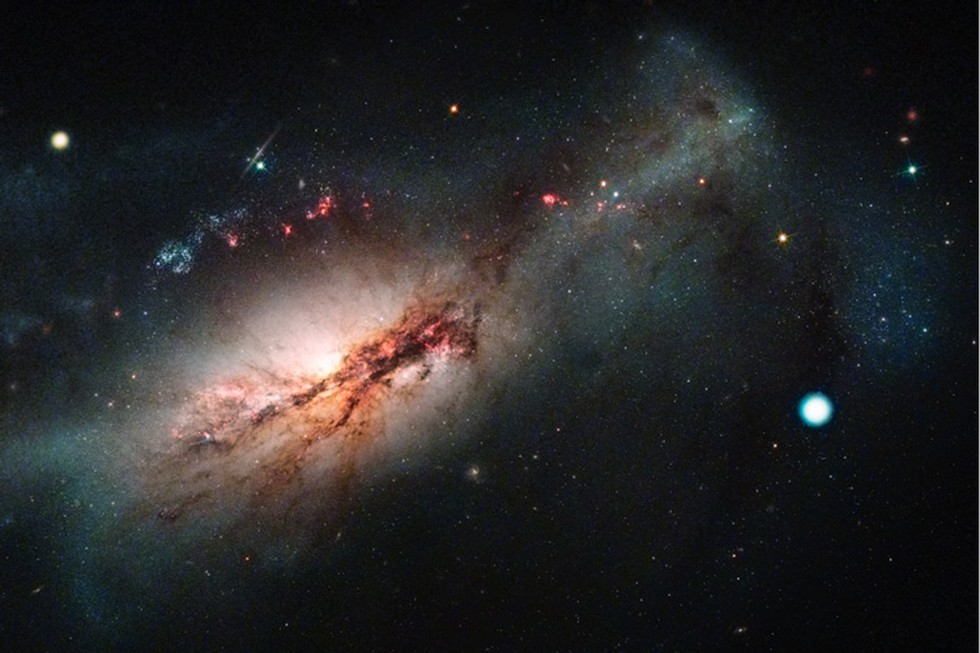
About Supernova:
- It is the name given to the cataclysmic explosion of a massive star.
- Supernovas are the largest explosions that take place in space.
- A star can go supernova in one of two ways:
- Type I supernova: A star accumulates matter from a nearby neighbour until a runaway nuclear reaction ignites. They're typically called Type Ia supernovae.
- Type II supernova: A star runs out of nuclear fuel and collapses under its own gravity.
- Supernovas can briefly outshine entire galaxiesand radiate more energy than our sun will in its entire lifetime.
- They're also the primary source of heavy elements in the universe.
- On average, a supernova will occur once every 50 years in a galaxy the size of the Milky Way.
- The oldest recorded supernova is RCW 86, which Chinese astronomers spotted in A.D. 185.
- After a supernova, a few different things can happen.
- Sometimes the exploded star will partially collapse into a black hole or a neutron star and the rest of the mass will get converted into energy or will be blown away by the force of the explosion.
- This blown-away material is sometimes called a "supernova remnant," which is a type of nebula.
- Sometimes, if the exploded star is very massive, during the supernova, a long gamma-ray burst can also happen.
- Some of the shed material will get spun up around the resultant black hole or a neutron star and then get sent out through a jet at speeds close to the speed of light.
- Because the material is moving so fast, it can emit photons at very high gamma-ray energies—this is the gamma-ray burst.
- Sometimes the exploded star will partially collapse into a black hole or a neutron star and the rest of the mass will get converted into energy or will be blown away by the force of the explosion.


























































































































































.png)
.png)
.png)
.png)
.png)


.png)
.png)
.png)





.png)
.png)






.png)
.png)
.png)
.png)
.png)
.png)
.png)
.png)
.png)

.png)







.png)
.png)


.png)
.png)
.png)


.png)

.png)
.png)





.jpg)

.png)
.png)


.png)

.png)
.png)
.png)

.jpg)

.jpg)


.png)

.png)
.png)
.png)
.png)
.png)
.png)
.png)
.png)
.png)
.png)




.png)

.png)





.png)
.png)
.png)
.png)
.png)
.png)
.png)
.png)
.png)
.png)
.jpg)
.jpg)

.png)
.png)
.png)
.png)
.png)
.png)
.png)
.png)
.png)
.png)
.png)
.png)
.png)
.png)
.png)
.png)
.png)
.png)
.png)
.png)
.png)
.png)



.png)
.png)

.jpg)
.jpg)


.jpg)
.jpg)
.jpg)
.jpg)
.jpg)

.jpg)








.jpg)
.jpg)
.jpg)
.jpg)
.jpg)

















.jpg)
.jpg)







.jpg)


















.jpg)
.jpg)






























































































.jpg)
.jpg)


























.jpg)

.jpg)










.jpg)








.jpg)




.jpg)










.jpg)


















.jpg)












































.jpg)














.jpg)
.jpg)
.jpg)





.jpg)

.jpg)
.jpg)





































































.jpg)


































.jpg)
.jpg)
















































.jpg)












.jpg)


.jpg)




.jpg)
.jpg)
.jpg)

.jpg)
.jpg)
.jpg)
.jpg)

.jpg)
.jpg)
.jpg)

.jpg)
.jpg)
.jpg)
.jpg)
.jpg)
.jpg)
.jpg)
.jpg)

.jpg)


.jpg)
.jpg)
.jpg)
.jpg)
.jpg)
.jpg)
.jpg)
.jpg)
.jpg)
.jpg)











.jpg)
.jpg)





.jpg)
.jpg)
.jpg)
























.jpg)
























.jpg)









.jpg)
.jpg)







.jpg)
.jpg)









































.jpg)
.jpg)
.jpg)
.jpg)
.jpg)

.jpg)
.jpg)
.jpg)
.jpg)
.jpg)


.jpg)
.jpg)
.jpg)
.jpg)
.jpg)

.jpg)
.jpg)
.jpg)
.jpg)
.jpg)
.jpg)
.jpg)
.jpg)
.jpg)
.jpg)
.png)

.png)
.png)

.png)
.png)
.png)
.png)


.jpg)
.jpg)

.jpg)
.jpg)
.jpg)

.png)
.png)
.png)
.png)
.png)
.png)
.png)

.png)
.png)
.png)
.png)
.png)
.png)
.png)
.png)
.png)
.png)





































































-min.png)



.png)




.png)








































